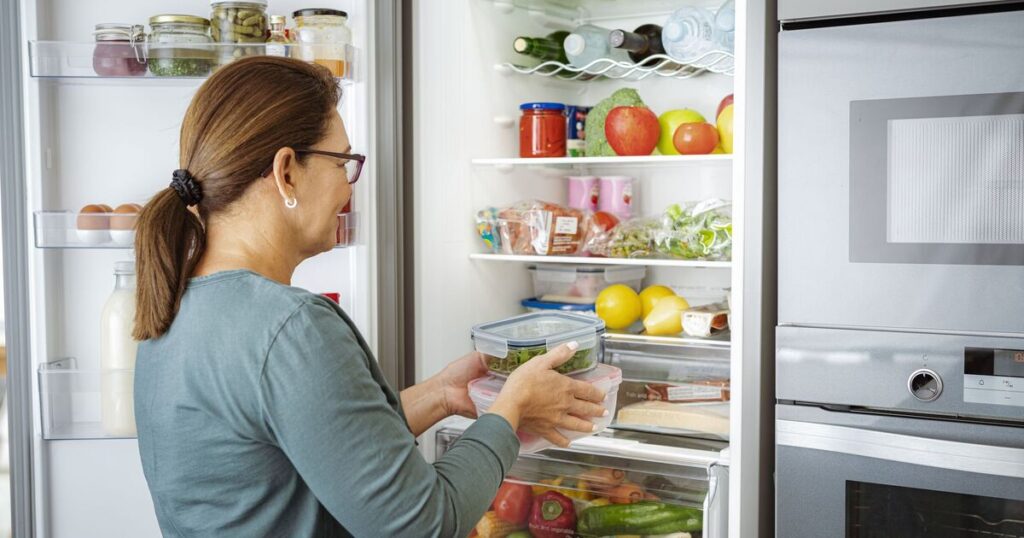
With energy prices continuing to be a major concern for households across the UK, many people are looking for ways to cut down on their electricity consumption. One simple but often overlooked mistake could be unnecessarily driving up energy bills: placing hot food directly into the fridge.
According to Salah Sun, head of product management at Beko UK, this common habit forces your fridge to work significantly harder to regulate its internal temperature. « Always let food cool to room temperature first, » Mr Sun said.
He said: « While many worry about food safety, this practice is perfectly safe and will prevent your fridge from experiencing temperature spikes that increase energy consumption and put the appliance under strain. »
The exact cost increase from placing hot food in the fridge depends on factors like the size of the appliance, how hot the food is, and how often it happens.
However, studies suggest that a fridge can use up to 25% more energy temporarily when cooling down warm food. Given that an average fridge freezer consumes about 300-800 kWh per year, frequent placement of hot food could add around up to £30 to annual energy bills.
With the new energy price cap coming into force next week, UK households are more conscious than ever about their electricity usage. The energy regulator Ofgem estimates that the average household consumes around 2,700 kWh of electricity per year.
At the current price cap of 24.86 pence per kWh, even small inefficiencies can add up to noticeable increases in bills.
Fridge freezers are among the most energy-intensive appliances in the home, running continuously to keep food fresh.
Mr Sun stresses that minor adjustments to fridge habits can lead to meaningful savings.
He said: « Many households don’t realise just how much their fridge freezer impacts their energy bills. It’s crucial to consider both the short and long-term costs when choosing your fridge freezer and maintaining it properly over its lifetime. »
Beyond avoiding placing hot food in the fridge, there are several other easy ways to improve efficiency and save money.
Keeping the fridge well-stocked helps maintain a more stable temperature and reduces the workload on the compressor. Regularly defrosting the freezer prevents excessive ice buildup, which can make the appliance less efficient and force it to use more energy.
Setting the right temperature is also crucial, with the ideal fridge temperature between 3-5°C and freezers set at -18°C. Ensuring good airflow by not overpacking the fridge helps maintain consistent cooling, allowing the appliance to function more effectively.
As energy costs remain high, simple adjustments to fridge habits can make a big difference in keeping bills under control while ensuring food stays fresh and safe.
